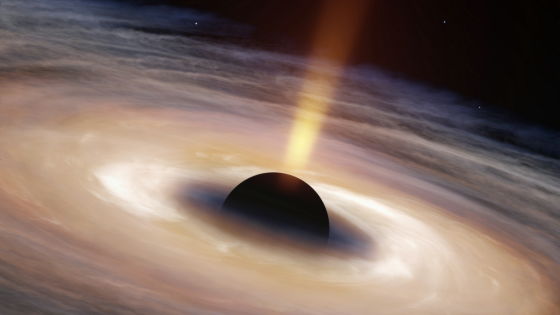The source of antimatter emitted from the center of the Milky Way is pulsars, not dark matter.

The cause of the mysterious phenomenon of ``excess
Pulsars, not dark matter, explain our galaxy's antimatter - Big Think
https://bigthink.com/starts-with-a-bang/pulsars-dark-matter-milky-way-antimatter/
What we see is only a small part of what actually exists in the universe. If we try to study the universe only by what we can see, we will miss all the vast amount of information that exists at invisible wavelengths of light. However, invisible wavelengths of light also contain a lot of astrophysical information, such as gamma rays, radio waves, infrared rays, X-rays, ultraviolet rays, and microwaves.
A method to measure the universe that is different from this method of observing light is the cosmic ray astronomical method of observing particles and antiparticles. For more than a decade, astronomers have been trying to better understand what's happening in the universe by observing cosmic ray positrons, the antimatter equivalent of electrons.
There are multiple substances in the universe that produce positrons, which are the antimatter of electrons. When a sufficiently high-energy collision occurs between two particles, a certain amount of energy is released that can create new particle-antiparticle pairs. If this energy is greater than the equivalent mass of the newly created particle-antiparticle pair, each collision can create a new particle-antiparticle pair.
Such energy is said to be generated by ``particles accelerated by black holes'', ``high-energy protons colliding with the galactic disk '', ``particles accelerated near neutron stars'', etc. In addition, cases were also considered that could be generated from unknown sources such as dark matter.

A noteworthy feature of AMS-02 is the 'magnetism' observed in the experiment. A magnetic field bends a charged particle, but the magnetic force on a moving charged particle depends only on its charge and velocity. The degree to which the particles bend depends on the amount of particles passing through the detector and the mass and momentum of the incoming particles. AMS-02 can classify these cosmic rays by both type and energy, providing data to determine whether the positrons are generated by dark matter.
Analysis of this data set matched traditional predictions of cosmic rays hitting the interstellar medium at low energies, but revealed that at higher energies something else was at play. .

Although AMS-02 observed more positrons than expected, which are generated by collisions between cosmic rays and the interstellar medium, these do not necessarily originate from dark matter. Accelerating pulsars can peak at high energies and produce excess positrons.
The way to determine whether the excess positrons originate from dark matter or pulsars is to observe high energies and check whether the energy spectrum attenuates rapidly. It seems that if the energy spectrum attenuates rapidly, it is dark matter, and if it is gradual, it is derived from pulsars.
Furthermore, if the observed positrons are produced by pulsars, most of these positrons will collide with electrons in the interstellar medium before reaching the cosmic rays. Positrons are annihilated when they collide with electrons, and each reaction produces gamma rays with very specific energy signatures.
But pulsars theoretically accelerate electrons and positrons to very high energies. This is a level that even

With the advent of NASA's Fermi Gamma-ray Space Telescope , spatial and energy resolution has been greatly improved compared to traditional gamma-ray observatories. The Fermi Gamma-ray Space Telescope is the most sophisticated gamma-ray observation device in the world at the time of article creation, and it is also capable of observing details such as pulsars that could not be observed until now. By subtracting gamma rays from cosmic rays, we may be able to uncover the mysteries of residual signals generated from starlight interacting with electrons and positrons generated when colliding with interstellar gas clouds.
A paper published in 2019 analyzes observational data from the Fermi Gamma-ray Space Telescope and data collected by AMS-02. 'The low-energy particles hit the star's light, transfer some of their energy to the pulsar, and travel farther from the pulsar before enhancing the light into gamma rays,' said Fiorenza Donato, one of the paper's co-authors. 'This is why gamma-ray emissions cover a larger area at lower energies. Also, Geminga 's halo is partially elongated due to the movement of the pulsar through space.' It has been pointed out that the cause of the outbreak is a pulsar.
Related Posts:
in Science, Posted by logu_ii







